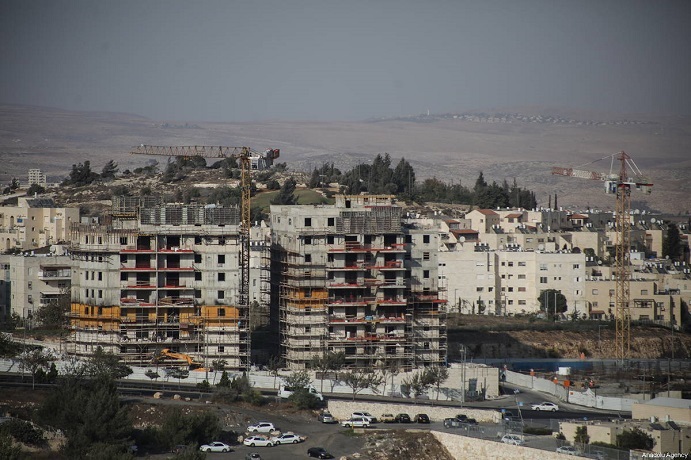Middle East Monitor / December 17, 2019
Official Israeli figures show that in the first quarter of 2019 the government spent 390 million shekels ($111.5 million) on settlements in the occupied West Bank, “the highest first-quarter total in a decade”, reported Haaretz.
The newspaper noted that “state spending on settlements continues to grow even after the government stopped including the Golan Heights in the category”, following the Trump administration’s recognition of Israel’s annexation of the territory in March.
In 2018, spending on the settlements reached 1.8 billion shekels ($0.5 billion), including the occupied Golan Heights, 235 million shekels ($67.2 million) less than in the year before, but still considerably higher than the annual average for the period 2011-2016.
The figure is based on calculations made “by the interior, education, housing and construction, transportation, agriculture and economy and industry ministries as well as the Settlement Division of the World Zionist Organization and spending on water and the state-owned Israel Highways”.
As noted by Haaretz, “in many cases, the ministries get to decide on their own how to classify spending as being to a settlement or not”. Costs include “direct government allocations”, as well as infrastructure spending, and “procurement and subsidies provided indirectly”.
Thus, the report continued, “efforts to figure out exactly how much Israel spends over the Green Line is a difficult task.”
A 2016 study, for example, “suggested including tax benefits granted to settlers”, estimating that “government support to local authorities in the West Bank amounted to 3,200 shekels [$915] per person, compared with 2,400 [$686] for residents inside the Green Line”.
Another study cited by Haaretz claimed that “non-Haredi settlements enjoyed especially high government aid on a per capita basis for areas such as education, welfare, health and local services like garbage collection and street lighting.”













